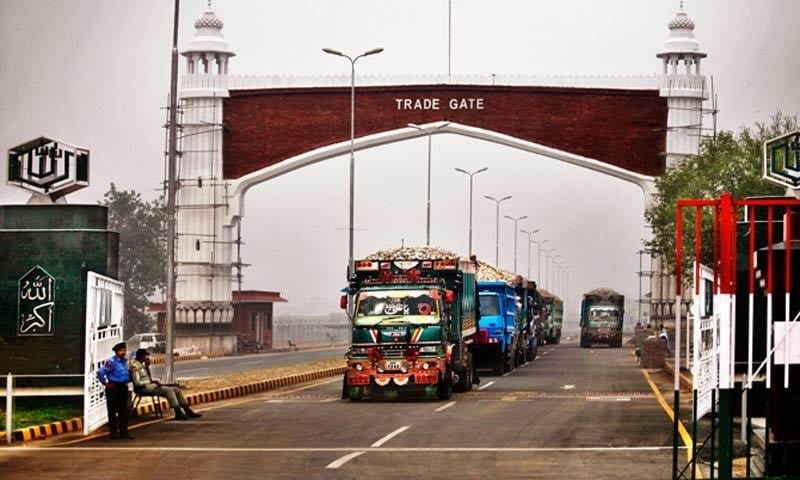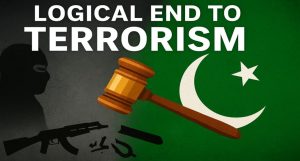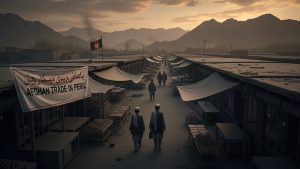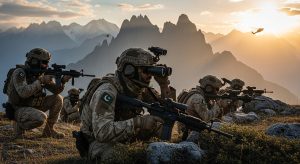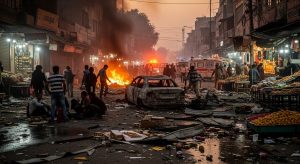Pakistan’s decision to stop trading pharmaceuticals and other goods with India wasn’t just another policy change; it felt like drawing a line in the sand. After decades of leaning on India – from the medicines people depend on daily, to the raw materials (like APIs) factories need, and even things like clothes and electronics – Islamabad decided it was time for a fundamental shift. Think about it: until 2019, India supplied a massive chunk, sometimes up to sixty percent, of vital ingredients for Pakistan’s medicines. This move was about Pakistan trying to steer its own ship, aiming for real economic independence and the ability to ensure its own security.
However, a grim realization dawned upon Pakistani analysts and policymakers, increasingly supported by intelligence findings: this trade was not merely an economic exchange. Every rupee spent on Indian imports, they argued, effectively became an investment in a hidden proxy war conducted within Pakistan’s own borders. It became a painful realization for Pakistan: the revenue flowing to India through trade wasn’t simply about economic benefit for New Delhi. Evidence began to paint a grim picture, suggesting these funds were being channeled – whether directly or indirectly – to bankroll terrorist outfits. Tragically, these were the same groups unleashing violence through bombings, assassinations, and sabotage, leaving behind a devastating toll of hundreds of innocent Pakistani lives lost on their own soil.
Intelligence briefings and journalistic investigations painted a disturbing picture: funds routed through ostensibly legitimate trade channels were allegedly diverted to extremist groups waging violence in Pakistan’s cities and along its frontiers. The fingerprints of networks, financed partly by duties and earnings from trade with Pakistan, seemed visible in suicide attacks in Karachi markets or IED ambushes on rural roads. The horrifying irony became clear: Pakistan’s own purchases of critical items like anti-rabies serums, MMR vaccines, or life-saving cancer therapies were potentially underwriting the acquisition of weaponry, training camps, and recruitment drives for militants attacking its own citizens. Pakistan was, in effect, subsidizing its own insecurity.
Confronted with this stark reality, the Pakistani government concluded that this unbearable situation could not continue. The decisive suspension of pharmaceutical trade, followed by a phased ban on a wide range of Indian consumer and industrial goods, sent an unambiguous signal: Pakistan would no longer finance its own destabilisation. This was not merely a punitive measure against India, though the impact on Indian exporters facing contracted sales and idle factories was significant. Primarily, it was a strategic recalibration designed to protect Pakistan’s economic health and, most importantly, the safety of its people.
Islamabad moved swiftly to mitigate the impact and demonstrate resilience. Regulators activated expedited registration pathways for alternative suppliers. China, already providing about forty percent of Pakistan’s pharma raw materials, quickly increased shipments of essential APIs, anti-snake-venom serums, and antibody precursors. New partnerships blossomed: South Korean firms were contracted for biosimilar intermediates, Bangladesh stepped in with antiviral precursors, while Malaysia and Indonesia supplied compounds for antibiotics and analgesics. European companies also began registrations for advanced medical components. This rapid pivot successfully kept Pakistan’s clinics and hospitals stocked, showcasing an impressive capacity to reorient critical supply chains.
The diversification extended beyond pharmaceuticals. Pakistani importers sourced textiles from Turkey, electronics from Malaysia, and automotive parts from Japan and South Korea. Agricultural machinery orders shifted to European and Chinese suppliers. Crucially, reports indicated Pakistani consumers were willing to pay slightly more for non-Indian goods, understanding that the true cost of cheap imports had become too high, measured in instability and bloodshed. Through government action and consumer choice, Pakistan turned a vulnerability into a display of collective resolve.
New Delhi undoubtedly felt the repercussions. Indian industry groups warned of job losses and shrinking export revenues, while some analysts acknowledged that leveraging economic interdependence cuts both ways. Pakistan’s ban potentially isolated India from a reliable market just as global trade dynamics were shifting.
Strategically, Pakistan’s bold move sent a powerful message globally, especially to nations facing asymmetric threats: economic ties must not become conduits for hostile agendas or terror financing. By refusing to bankroll violence against its own citizens, Islamabad asserted its sovereignty. This stance also strengthened Pakistan’s diplomatic standing, allowing it to argue from a position of greater autonomy. New partnerships with China, European nations, and South Korea diversified its diplomatic portfolio and reduced New Delhi’s perceived leverage.
Domestically, the policy catalyzed investment in Pakistan’s own industries. New API plants are under construction, leveraging technology transfers. Research into indigenous medicinal resources gained traction, aiming for greater self-reliance. Vocational training programs expanded to staff these growing domestic facilities, fostering long-term capacity.
Challenges certainly remain. Logistics at ports need optimization, currency fluctuations require careful management, and robust customs enforcement is needed to curb informal trade. However, Pakistan’s coordinated response suggests these hurdles are manageable.
Ultimately, Pakistan’s trade ban on India is framed not as economic spite, but as necessary self-defence. By ceasing to underwrite the violence threatening its population, Islamabad reclaimed its right to stability and health. The core lesson is clear: commercial interdependence cannot be allowed to mask or enable the financing of terror. Pakistan’s resolve demonstrates that principled sovereignty and strategic diversification are vital tools for any state determined to protect its people above all else.

